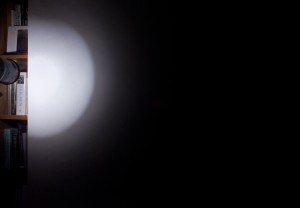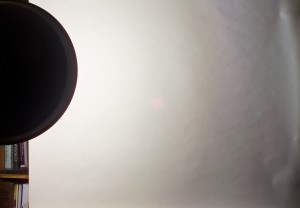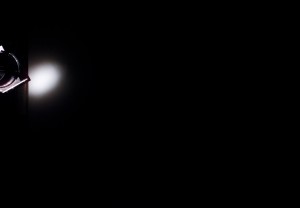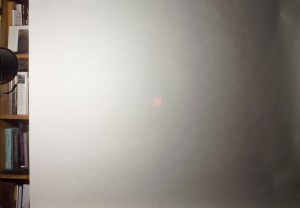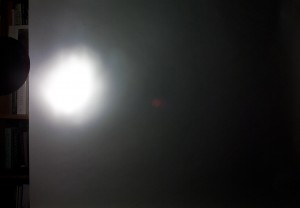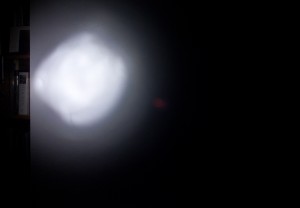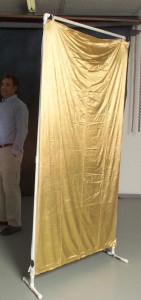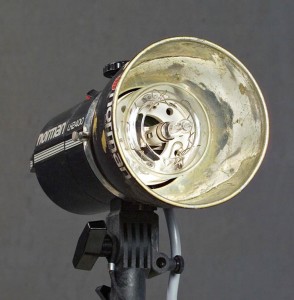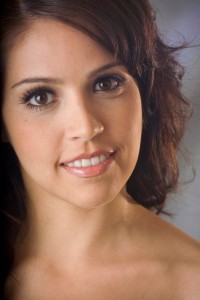Amazon is shipping copies of my second book: Photographing Architecture. This is really exciting! Of course you can also get my first book Understanding and Controlling Strobe Lighting
. You can download copies of most of my articles and some do it yourself projects. I teach three classes at BetterPhoto: Portrait Lighting on Location and in the Studio, An Introduction to Photographic Lighting and Getting Started in Commercial Photography. I hope you’ll check them out. I have been told that prices are going up this year at BetterPhoto, so you might want to sign up soon.
So it’s taken me a while to get back to this blog. No real surprise there. As mentioned I have some samples of what reflectors do for you. Before I get to that I want to mention a few things I have coming up. I will be in Atlanta this weekend. I am going down a few days early for a shoot at the Hartsfield-Jackson airport on Monday. I’d make a joke about shooting in an airport, but the security people have no sense of humor. It’s pretty exciting to be shooting a large public space for a client. I’ll post the results when I have them.
I also want to say something about testing. I took a while to get back to this blog because I needed to test a bunch of reflectors. I still don’t have a studio here in Indianapolis, so this is a pain in the neck. I couldn’t get the reflectors as far from the seamless as I would like. I only shot half of the pattern of the light. None of this matters. Since I hadn’t done this in a while, and I have some new reflectors, I learned things. It is vitally important to test your gear. Not only do you learn about how well it works, you learn about how it works. The strobe manufacturer can tell you about the spread of a reflector, soft box or umbrella, but you won’t know how it actually looks until you do the test. I notice that very few of my students have ever tested their strobes. I encourage them to do a test, and so should you.
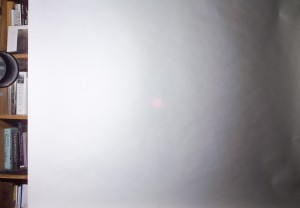
Norman LH 2400 strobe 6 in reflector. This is the light I choose to base other power settings on. So neutral power, large coverage
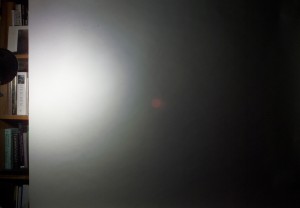
Norman LH2 5 inch reflector. Actually the coverage is surprisingly small. A +5 the power is quite high

Norman LH2 Parabolic w/shoe cover. The cover diffused the light a lot, so long coverage. Neutral power
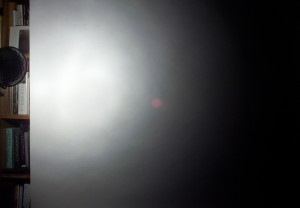
Norman LH2 6 in/2Q reflector, an alternative basic reflector. Larger coverage w/fast gradation. +3 power

